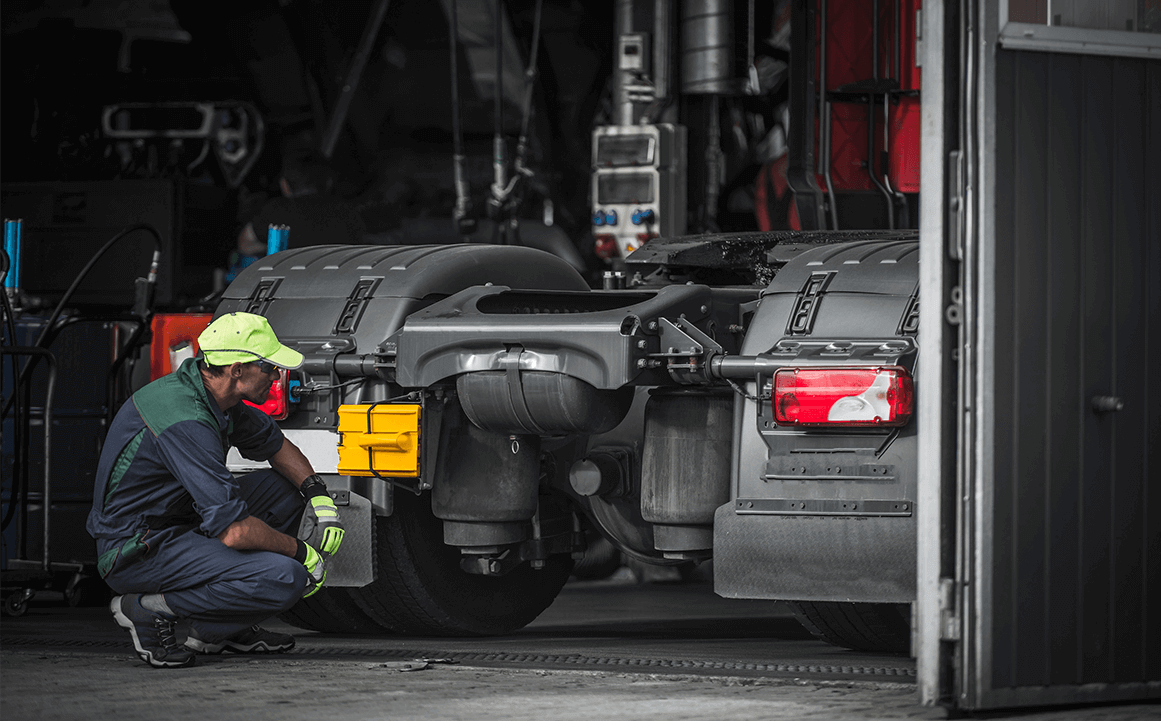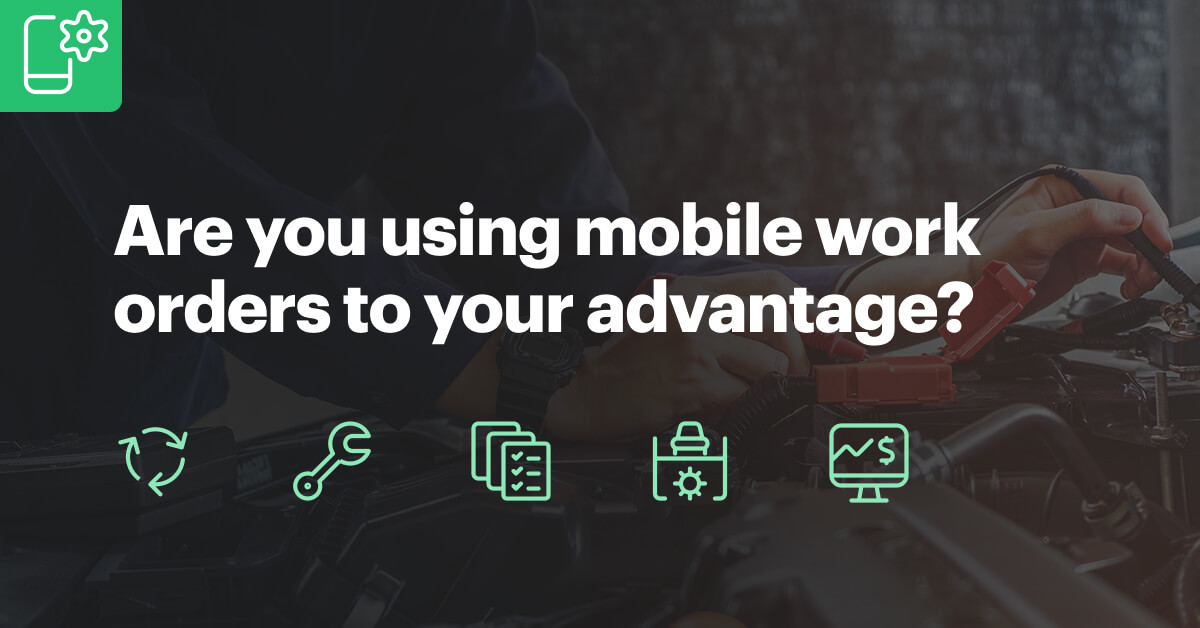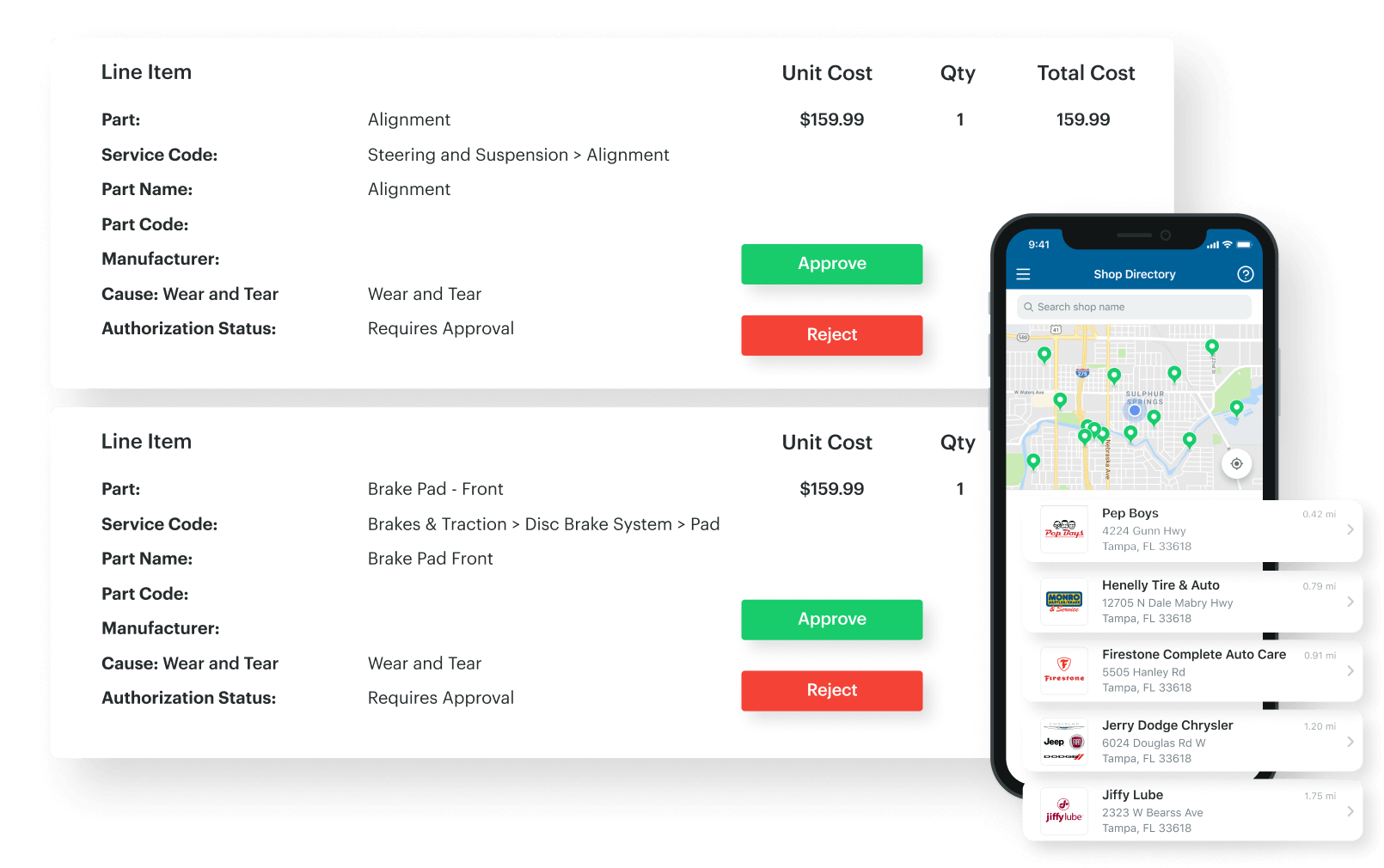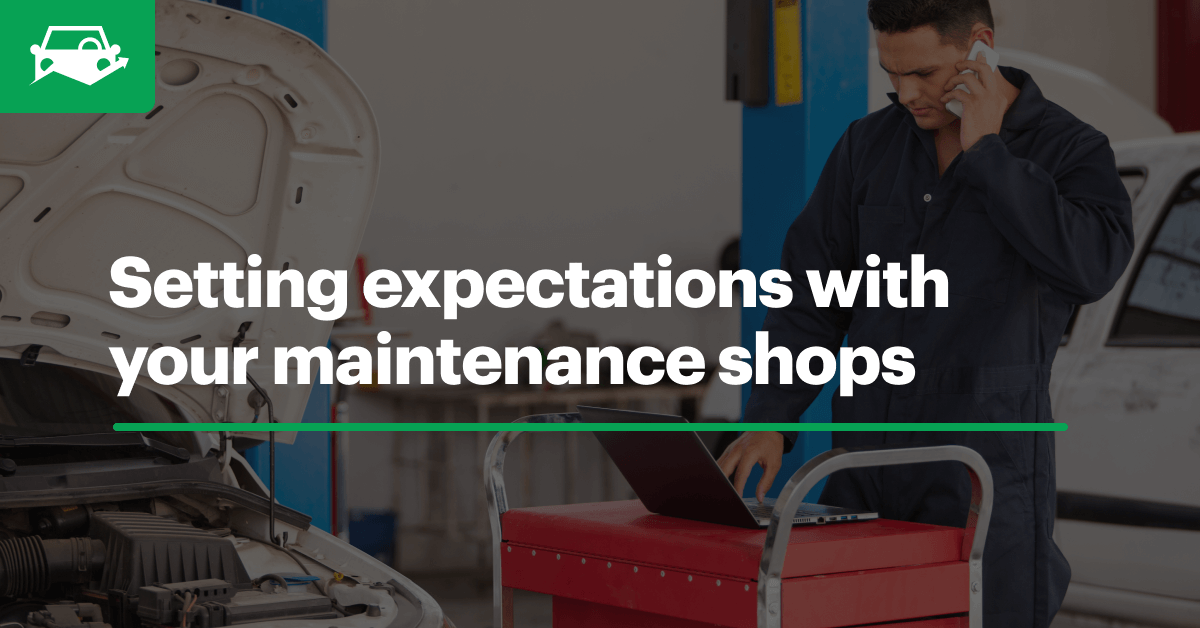Many people step into fleet management roles with a comprehensive maintenance and inspection program in place. Others may find that their new job has a haphazard program at best, and at worst, no discernible program at all.

In any case, a newly appointed fleet manager should step back and do an independent evaluation to determine if a fleet’s maintenance and inspection program is, in fact, set up to effectively maintain a company’s current fleet vehicles and equipment.
If setup of a new program is necessary, follow this three-step process to ensure avoid unexpected downtime and reactive costs.
Step 1: Research Fleet Maintenance Schedules
Read the OEM’s recommended inspection and maintenance schedule. These standards can vary from one vehicle to the next, so be sure to check the owner's manual for each. When multiple unique OEM components are installed on the vehicle, each with their own maintenance schedules, make sure to explore those as well. Note that some schedules are based on time (day, week or month) while most schedules are based on hours of operation or mileage. Do this for all vehicles in your fleet.
Every piece of equipment the company purchases and adds to each vehicle in the fleet has a maintenance schedule. This can be a time consuming step, but will certainly pay off if done right.
The last part of Step One requires that you gather the following for each vehicle in the fleet:
- Current age in weeks and/or months
- Current mileage
- Total hours of operation
Step 2: Create a Schedule
Using a full 12-month calendar (whether physical or digital), loosely plot each inspection and maintenance task (or task schedule) for all vehicles. Be aware that there is a point where inspections and scheduled maintenance begin to repeat.
On the same calendar, apply the data points for all pieces of equipment in your fleet. You should ignore actual variances in mileage and hours that occur in normal operation and use the averages for each piece of equipment that you have observed over its history.
For a simple piece of equipment such as a blower fan, the scheduled maintenance may only have one step that you repeat this over and over. Vehicles will obviously have more complex workflows.
The plan will show you peaks and valleys in maintenance activity. Because you’re still in the planning phase, you are free to adjust the day on which service will occur. The overall objective is to determine hours needed, shop space required and parts availability.
Step 3: Execute Your Fleet Maintenance Schedule
Now it’s time to create the working schedule from which you will actually execute the tasks you have researched and marked on the planning calendar. This can be a physical calendar or managed digitally in a fleet management system. If a fleet management system is used, email reminders noting upcoming maintenance and inspection tasks are a huge plus!
Keep your planning and scheduling calendars separate for comparison. The plan shows us what should and could happen while the schedule shows us what is happening in real-time.
Because of unscheduled maintenance and downtime as well as periods of low or excessive use, there may be a divergence in tasks between the plan and the schedule. Step Three is action-oriented and dynamic based on actual fleet utilization, so allow yourself to be flexible.
More often than not, the maintenance and inspection program you inherit in a new fleet management role will need some improvement.
The three steps outlined here are extremely simple but lay a foundation that will give you peace of mind and allow your vehicles and assets to get the attention they need, thus eliminating reactive maintenance costs and vehicle downtime.
Post Contributor: Jim Russell, Fleet Management Consultant



